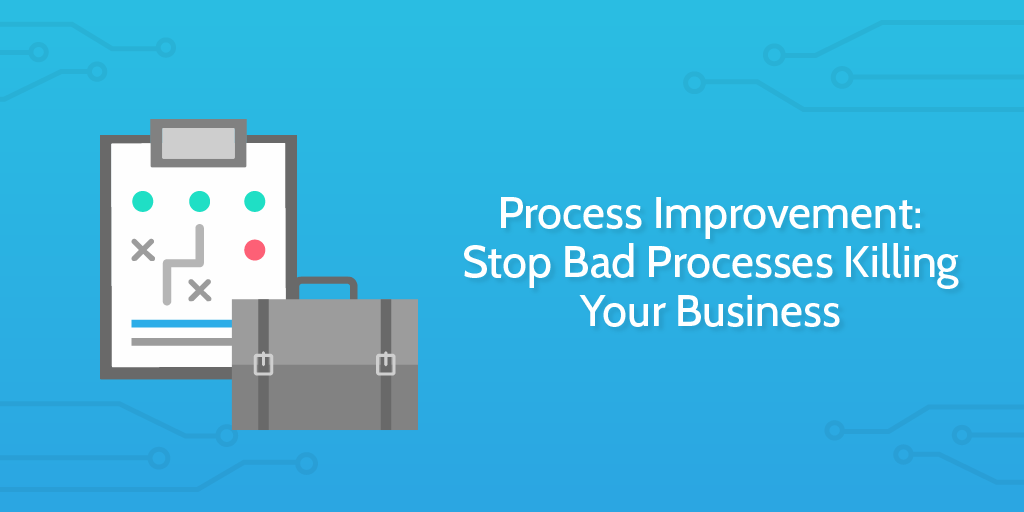 When you have a great idea for a startup or a service the first thing you desire to do is create it, talk about it, and see what people think.
When you have a great idea for a startup or a service the first thing you desire to do is create it, talk about it, and see what people think.
In creating a minimum viable product, entrepreneurs choose between experiments that can validate or invalidate their assumptions about a business model. – N. Taylor Thompson
These experiments could be anything from interviews with potential customers, trying to build a client base on the promise of a future product, or building a basic version of your idea and testing it in the market.
That last one is what we’re going to focus on. How can you create software to make a product a reality?
For some people, this means sitting down and writing code. Line after line slowly pieces together the idea and shapes details until a version which works exists.
This is how we make software. It’s how we’ve always made software.
However, you wouldn’t think you needed years of coding experience to create a blog. You could just start a Medium account or a Tumblr, or whichever platform is trendy right now.
Because you’re not the only person who wanted to build a blog, other people with greater technical skill developed tools to help you build blogs without needing to code.
This makes it easier and faster for everyone. But it’s not just blogs which you can build without coding.
In this article, we’ll look at a number of different tools you can use to build a whole range of products by pointing and clicking and dragging and dropping.
If you want to make your product a reality, rapidly building a first working iteration is a very useful option to get started!







 Workflows
Workflows Forms
Forms Data Sets
Data Sets Pages
Pages Process AI
Process AI Automations
Automations Analytics
Analytics Apps
Apps Integrations
Integrations
 Property management
Property management
 Human resources
Human resources
 Customer management
Customer management
 Information technology
Information technology





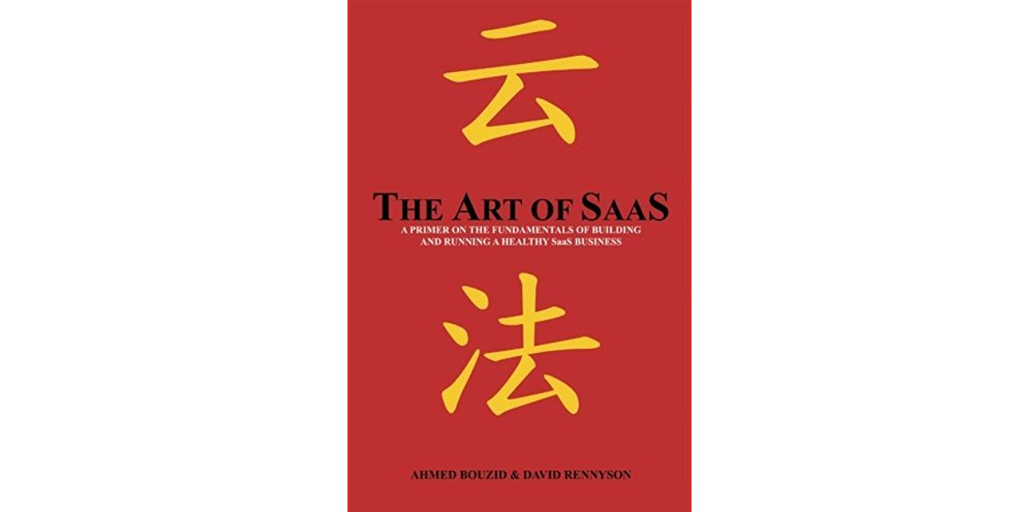
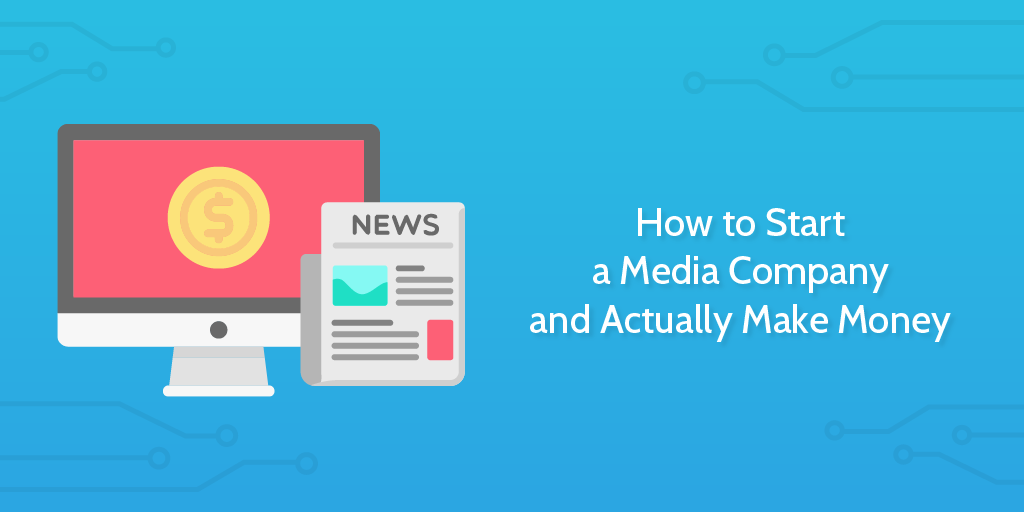 The Guardian is a 195 year old British newspaper which expects to burn through £90m in 2017 after incurring damage of £200m the year before.
The Guardian is a 195 year old British newspaper which expects to burn through £90m in 2017 after incurring damage of £200m the year before.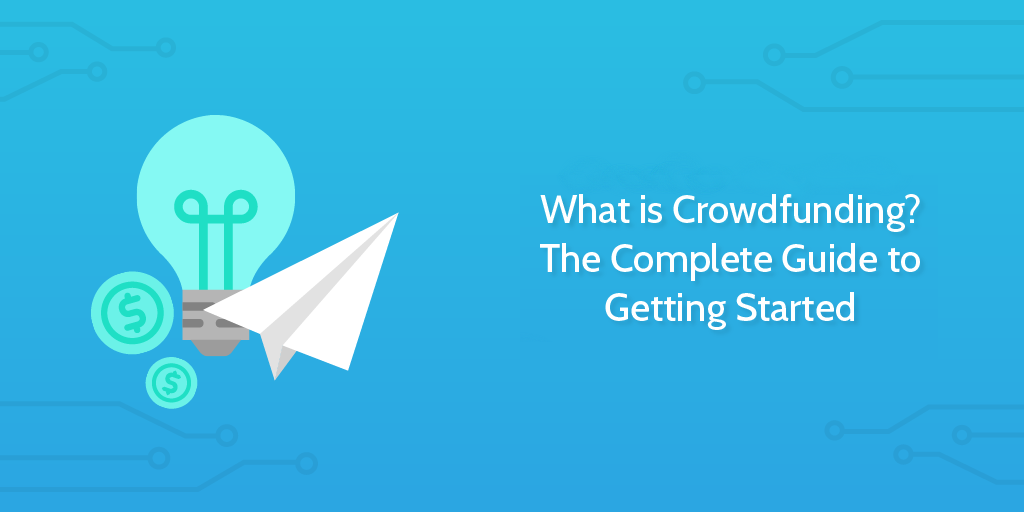
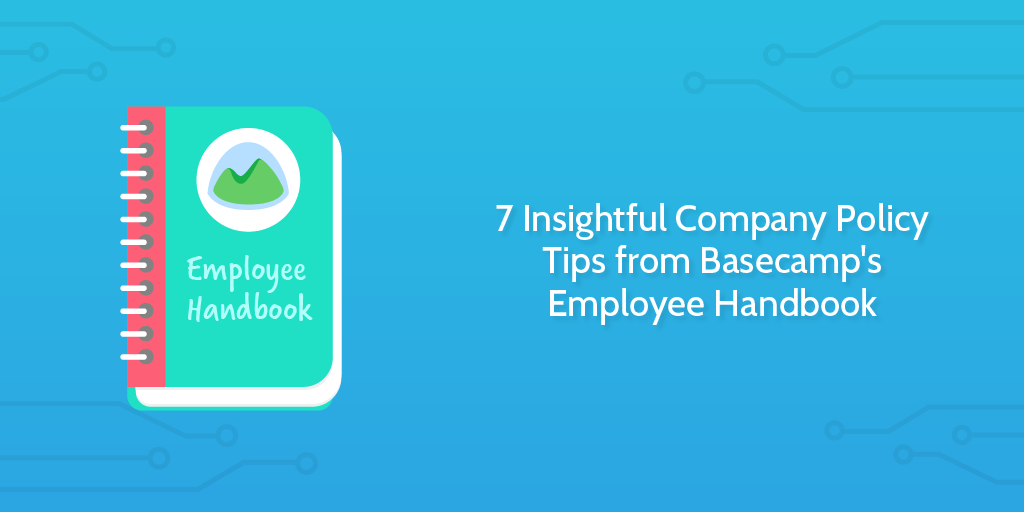
 For a long time, the world of investing was limited to those with access to significant amounts of capital.
For a long time, the world of investing was limited to those with access to significant amounts of capital. When I think of monopoly I think of a mustachioed man with a nice hat and a highland terrier.
When I think of monopoly I think of a mustachioed man with a nice hat and a highland terrier.